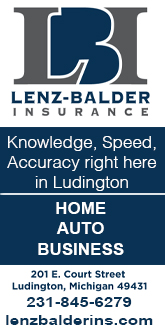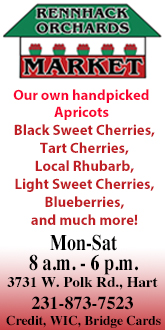 Good Neighbor Tips. A blog by Erin Doan State Farm Insurance Agency.
Good Neighbor Tips. A blog by Erin Doan State Farm Insurance Agency.
It’s lights-out for standard incandescents: Due to failure to meet federal energy-efficiency regulations set in 2007, the popular lightbulbs will soon no longer be available. The gradual phase out began in 2012 with the 100- and 75-watt bulbs and will culminate once the 40- and 60-watt selections sell out. As of January 1, 2014, manufacturers can no longer produce 40-watt and 60-watt incandescent bulbs.
Luckily, their replacements — compact fluorescent bulbs (CFLs), light-emitting diodes (LEDs) and halogen-gas incandescents — are more efficient and provide big savings for your energy bill.
Consider these tips as you shop:
Long-Lasting Savings
These once-pricey energy-efficient options will pay for themselves over time:
Replacing 15 standard incandescent bulbs with high-efficiency bulbs can save you approximately $50 per year, according to the U.S. Department of Energy.
ENERGY STAR®–certified bulbs last 10 to 25 times longer than standard incandescents, and thanks to using 75 percent less energy, save $40 to $135 in energy bills over their lifetime.
Important Considerations
Brightness (in lumens), life expectancy of the bulb, estimated yearly energy costs, lamp color temperature (warm or cool color) and wattages are provided on the label of each bulb. Keep these top-of-mind when buying new bulbs:
Output: Get the most bang for your buck with bulbs that offer the needed brightness (measured in lumens) at the lowest wattage.
Fit: Many energy-efficient bulbs have different shapes than you may be used to. Familiarize yourself with the sizes of your current bulbs to make sure you purchase comparable ones that will fit inside the shade or glass in your current fixture.
Color temperature: Consider the function of each light fixture. Is it used for task lighting or overall ambience? The number of Kelvins (K), which measures light color, will help you determine which bulb is appropriate. A higher number (more than 5,000K) emits cool colors reminiscent of daylight, while lower numbers (starting at 2,700K) supply a warm, ambient glow similar to standard incandescents.
















































.png)















 (1).gif)